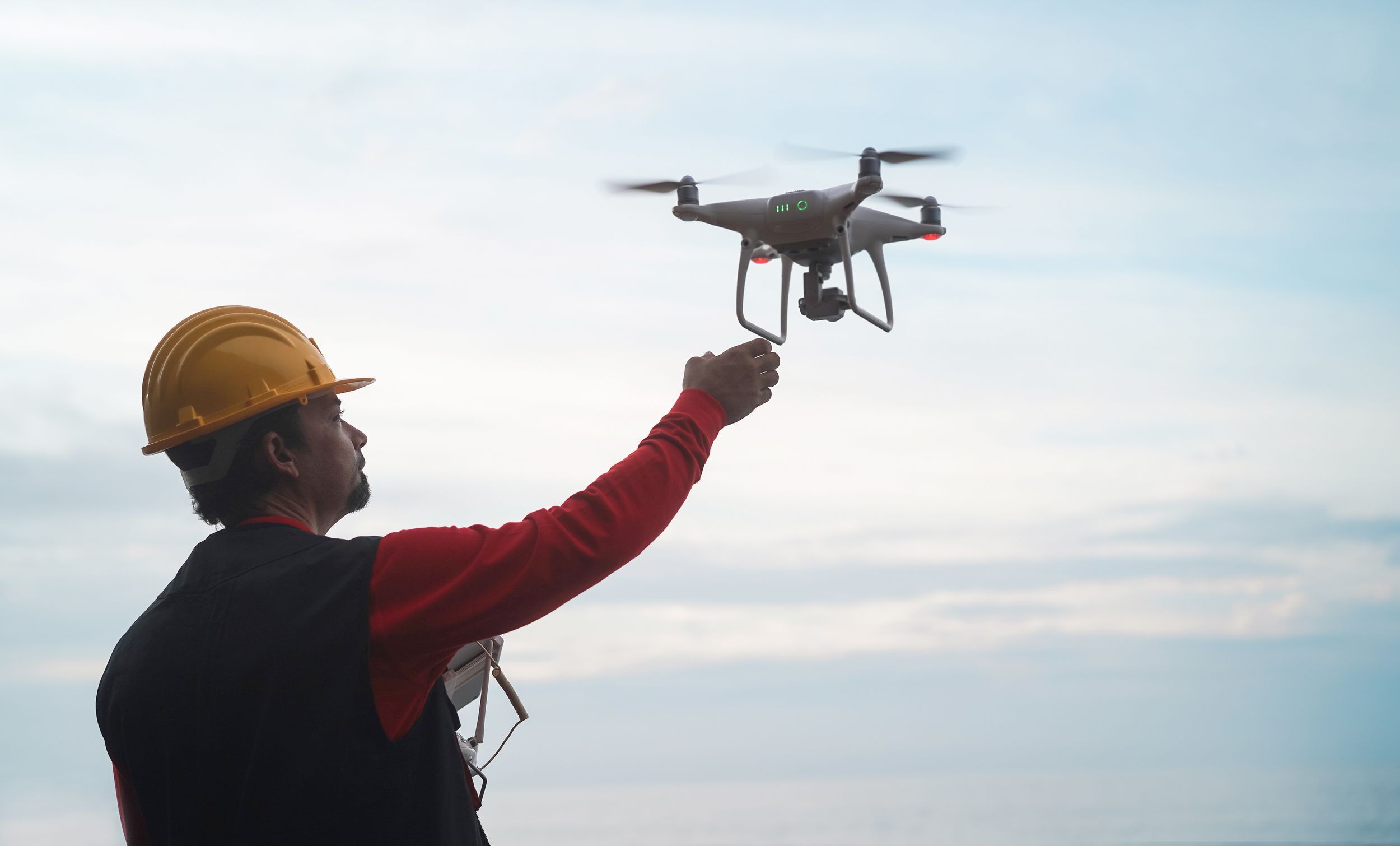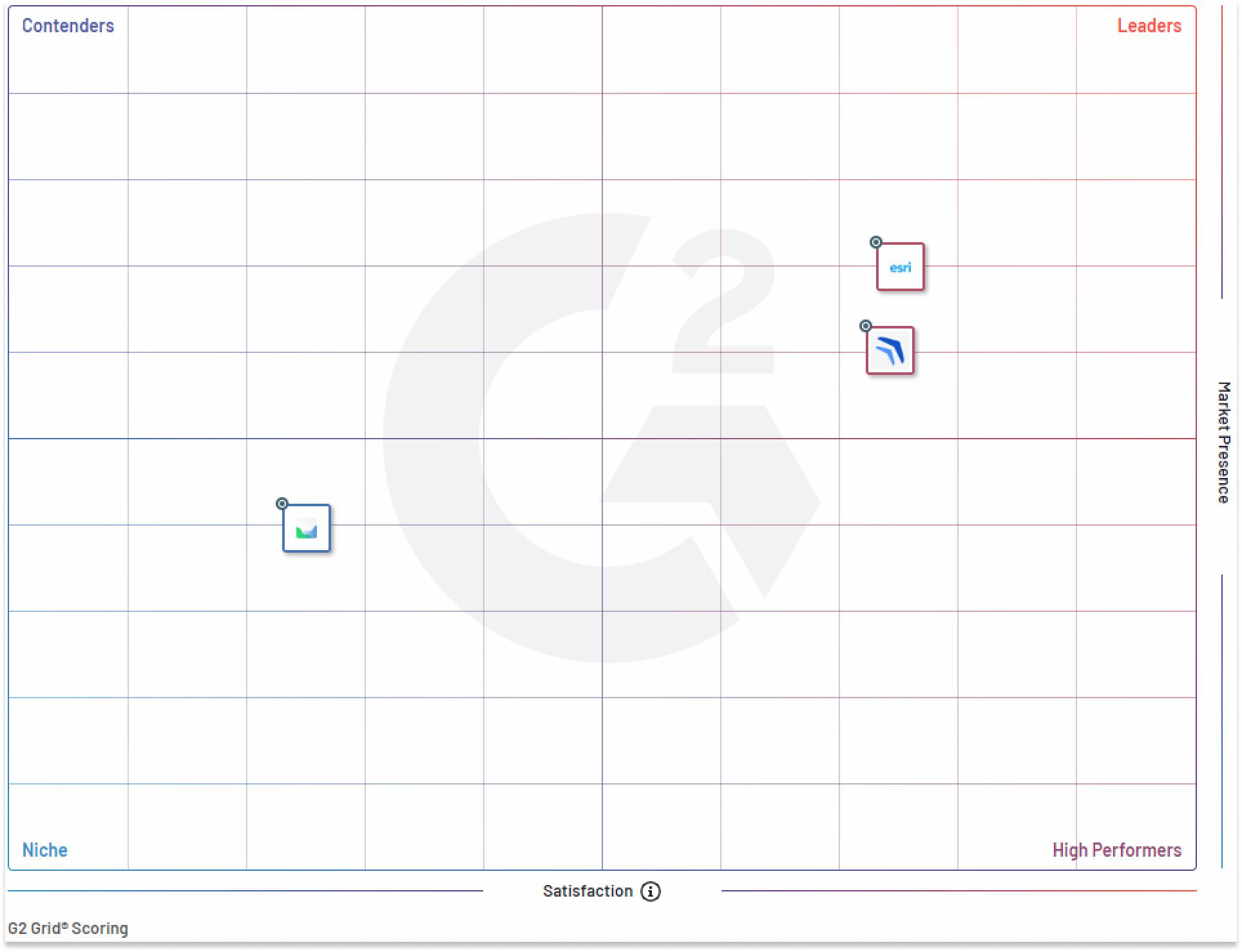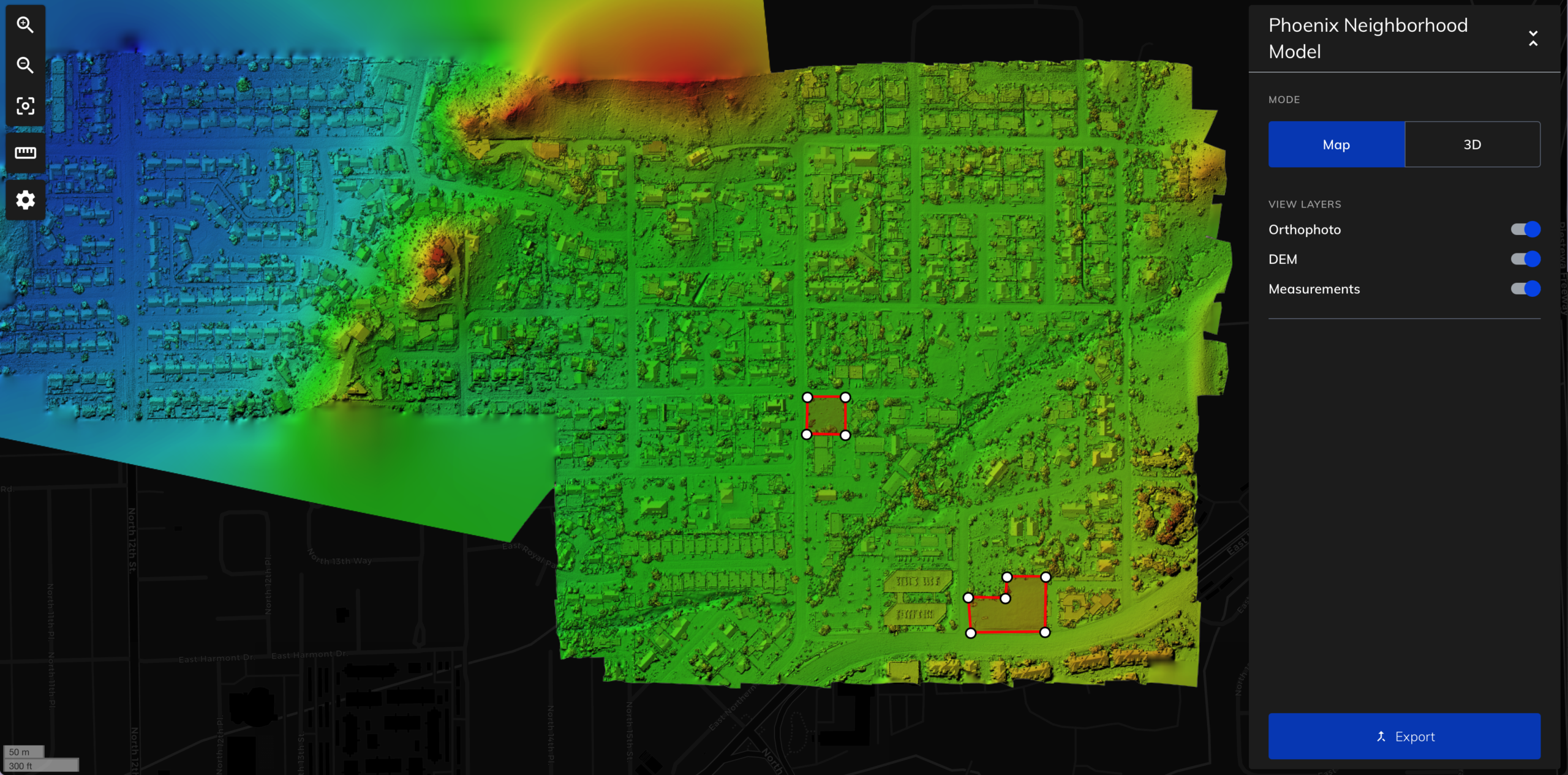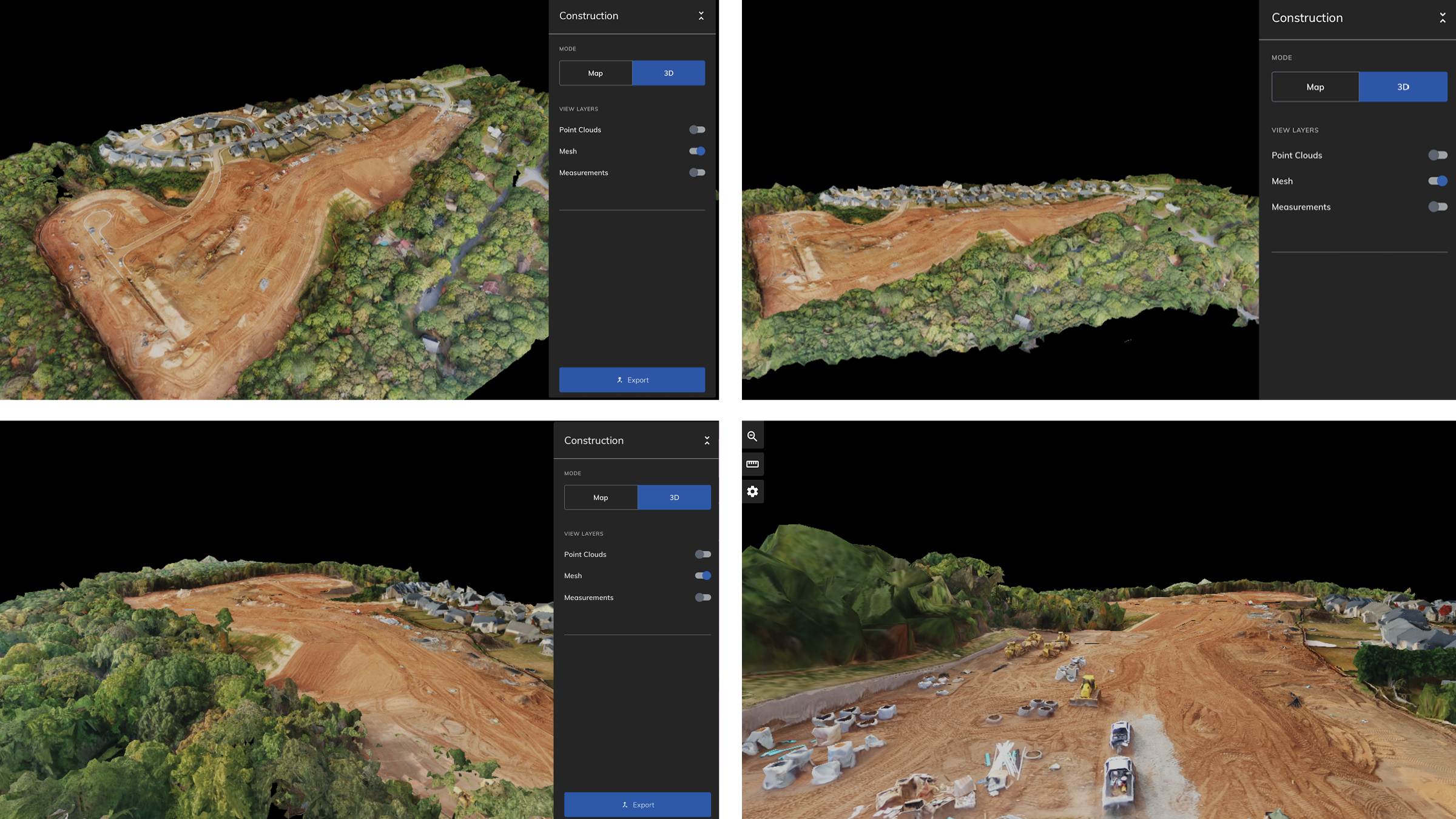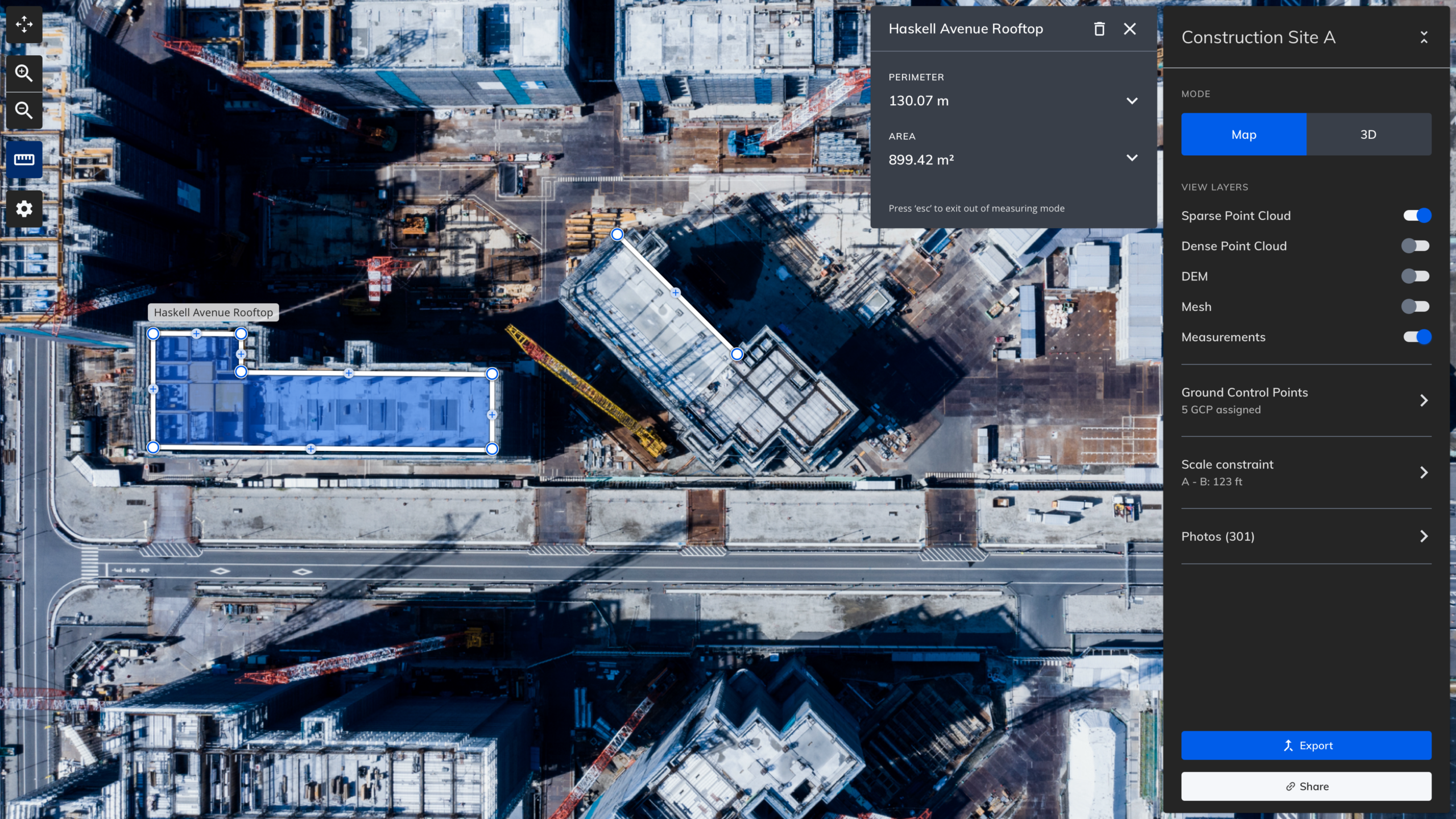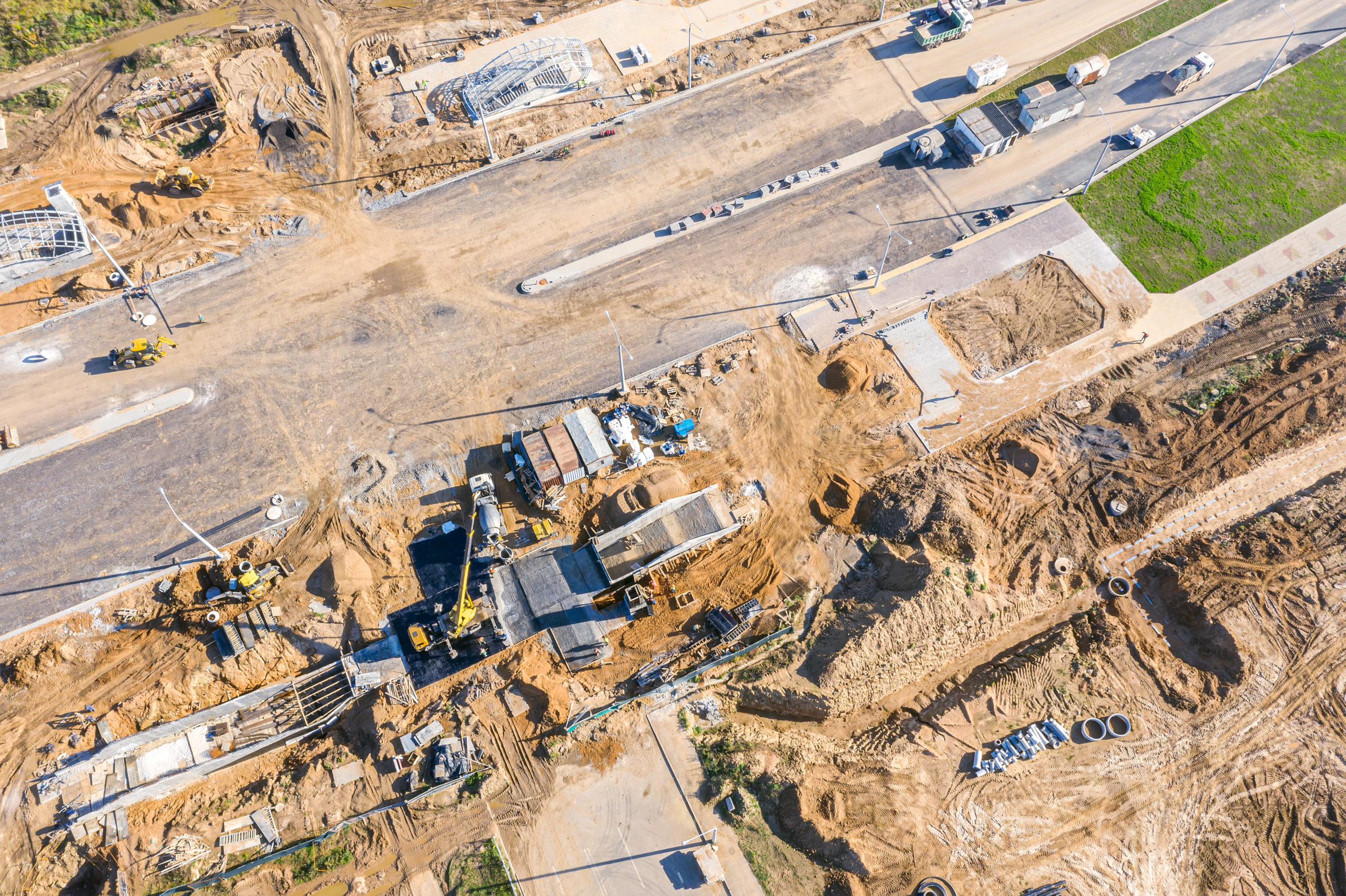How Drones Are Transforming the AEC Industry
Just as advancements in computer-aided design (CAD) technology have made it possible for architects and engineers to produce more accurate drawings more efficiently, the evolution of drone technology is also changing the landscape of the architecture, engineering, and construction (AEC) industry. The ability to capture and analyze 2D and 3D imagery and videos has the potential to positively impact every step of the design and construction processes.
Drone Use in the AEC Industry
The commercial drone market is on the rise in large part because of demand in the construction industry. According to Expert Market Research, this is because of drones’ “ability to survey land, provide continuous and precise project notifications, improve safety, and prevent dangerous incidents on construction sites.”
Let’s take a look at some of the ways drones are transforming the AEC industry.
Architecture
Using drones to survey land gives architects the information they need to determine the most appropriate building siting and orientation. Accurately establishing the locations of other structures, trees, utility infrastructure, and other potential obstacles is essential in the early phases of design. In later phases of design, photos can be incorporated into drawings and renderings to show what the building will look like on the actual site.
Engineering
Engineers use drone imagery to monitor project progress and generate as-built 3D models and 2D elevations. Comparing as-builts to engineering drawings helps ensure that structural elements are located in the right places before construction continues. Additionally, thermal imaging can be used to find heat leaks and other issues throughout the building process. Engineers are also able to safely and efficiently perform inspections without cranes, the associated labor, and the accompanying risks involved.
Construction
Getting site images through the use of drones helps improve the estimation and bidding process because contractors can determine the scope of site and access work that needs to be completed. Once construction has started, visual inspection of drone imagery helps prevent theft of materials and equipment and improves safety with hazard identification.
In addition to photos taken from the ground, drones also provide cost-effective recordkeeping for project stakeholders and insurance purposes throughout the duration of the project. In some cases, drones might also be used to transport materials to the site with minimal disruption to the environment.
Real-World Examples of Drone Use in the AEC Industry
Drones have been used in the AEC industry to determine the scope of infrastructure damage in the aftermath of natural disasters. Identifying the damage as quickly as possible is one of the first steps to recovery. Comcast and Mapware have worked together to identify and prioritize physical infrastructure damage after hurricanes, resulting in improvements in safety and response times.
Other Mapware users have used drones for:
- 3D mapping the location of a new warehouse located on the other side of the country and making live data available to project stakeholders
- Remote site and building surveys—including of difficult-to-measure areas—without having to go back to the site
- Affordably creating large, combined models for overseas civil engineering projects
Benefits of Using Drones in the AEC Industry
As the technology continues to permeate the AEC industry, many professionals are discovering the benefits of incorporating drones at every stage of a project.
Efficiency
Drones allow you to map sites in a fraction of the time compared to traditional surveying techniques. Get faster access to difficult-to-reach sites and quickly share data with the people who need it.
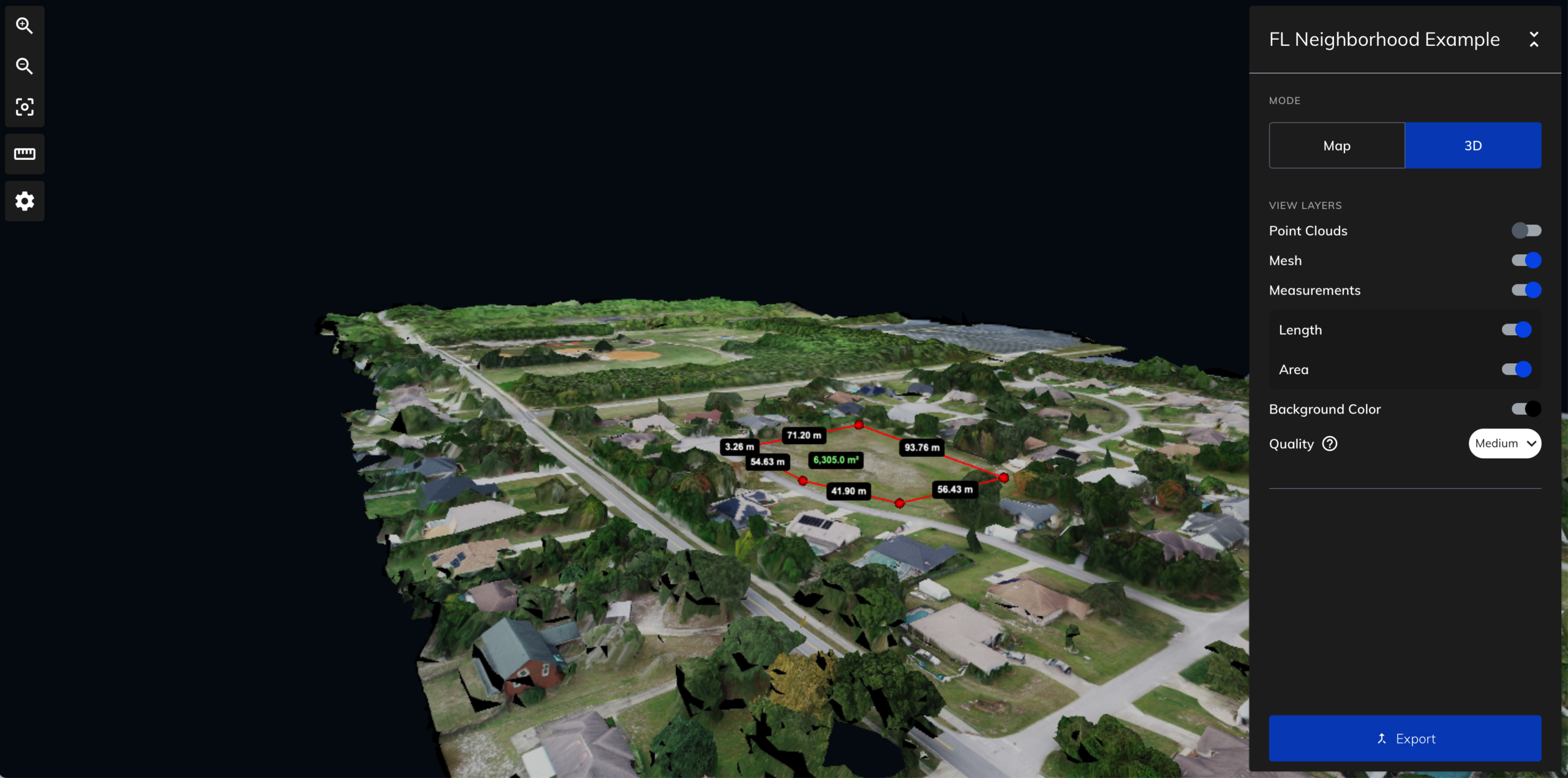
Accuracy
Ground control points and photogrammetry deliver more accurate results than ground measurements performed by humans. Reduce costly mistakes and eliminate the need for multiple site visits.
Elements that can help with accuracy include:
- Mission types and flight planning to capture images that align with your goals
- Ground control points to establish known coordinates
- GPS corrections to adjust data and get accuracy to the centimeter
- Map measurements
Reduced Labor
Performing inspections remotely reduces the number of people needed on-site and the time required from the team to complete them.
Automation
Automate and plan flights to capture pre-project conditions using only your drone and tablet.
Cost Savings
Build projects faster with fewer resources by getting design and construction surveys more quickly and efficiently. Increase productivity and time to execution with exceptionally accurate data and models.
Collaboration
Easily share 3D models and measurements with clients prior to project kickoff. Keep stakeholders informed of project progress from beginning to end, no matter where they are located.
Transparency
Monitor the full construction lifecycle for transparency and accuracy.
Risk Avoidance
Proactively identify and manage potential risks and irregularities before they occur and enhance team safety by employing unmanned aerial vehicles (UAVs) to manage tasks.
Get Started with Mapware
Mapware provides drone mapping solutions to support AEC projects of any scale and scope. From the initial survey to verifying as-builts to capturing marketing videos of completed projects, drones deliver benefits at every stage of a construction project.
If you’re interested in exploring how Mapware can support your next design or construction project, reach out to our team to request a demo.
